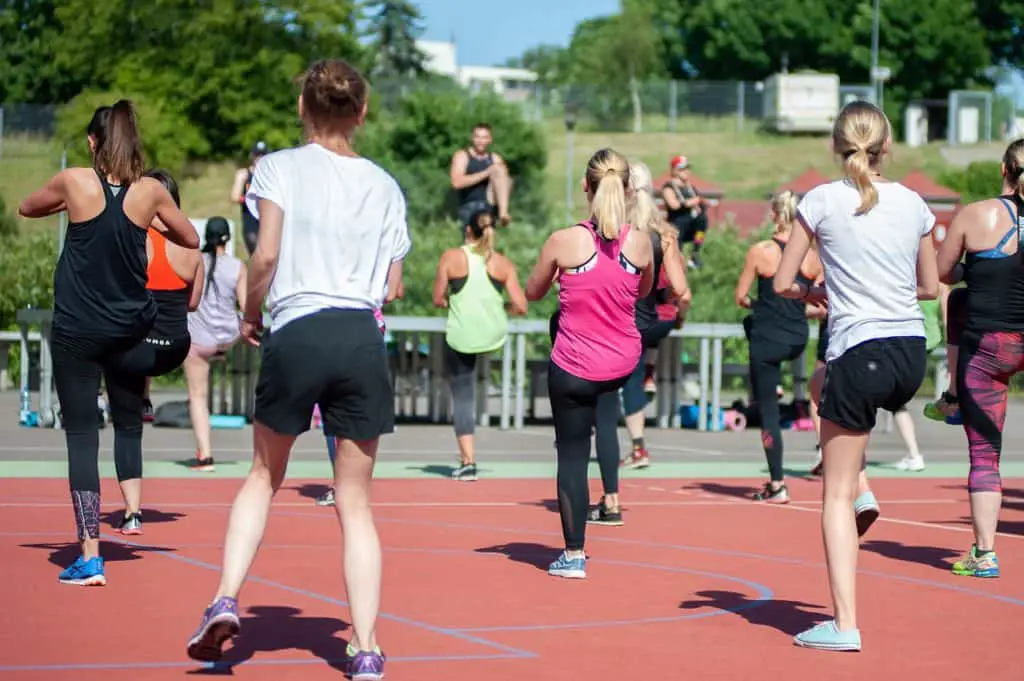What is cutting? Ok, let me clear something up first when I’m talking about cutting I’m not on about cutting your hair or getting the lawnmower out and cutting the grass.
When I was younger and used to train on and off I had never heard of the term cutting; it might not have been a term back then.
What I’m talking about is cutting as a fitness term. Many people, if not all in the fitness industry, refer to losing fat as cutting. This is because you’re cutting away the fat.
How do you cut you might be asking? In the simplest terms, you’re reducing your calories by up to 500 a day.
I know this might sound a lot, but making some simple changes can help reduce your calories.
For example.
- Cutting back on sugar
- Reducing the use of butter and cooking oils
- Not having that packet of crisps or chocolate bar.
I’ve put together 9 tips to help assist you with cutting; I hope you find these helpful.
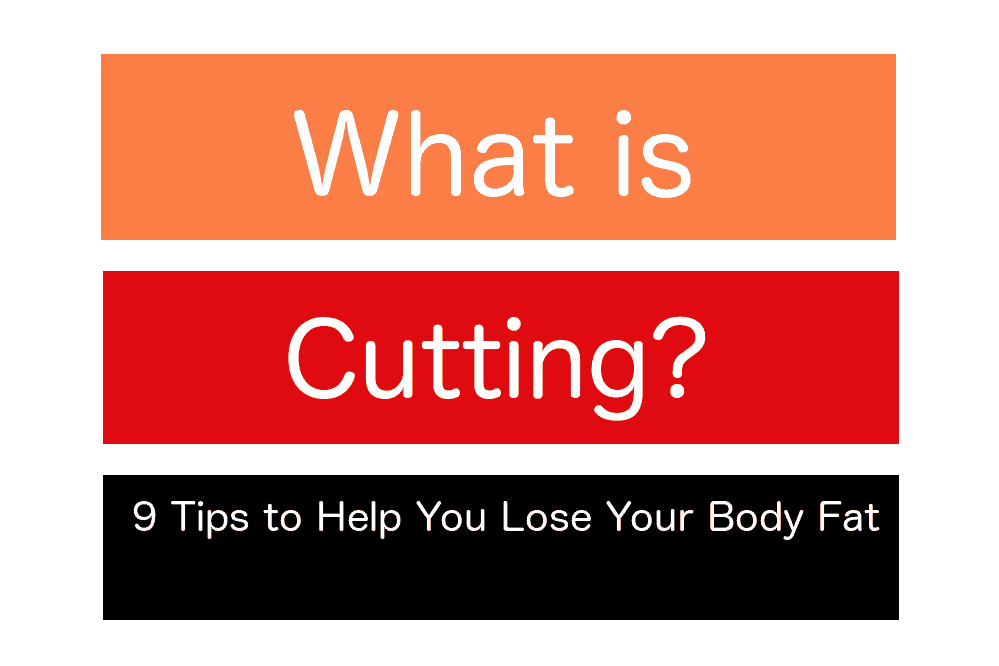
1. What is Cutting?
When you’re cutting, the aim is to reduce your body fat and maintain as much muscle as possible.
When you first start out on your fitness journey, it is possible to build muscle at the same time as reducing your body fat.
The way you achieve this is by reducing your calories below your TDEE (Total Daily Energy Expenditure). TDEE is the number of calories you burn per day; this includes the calories your body requires for it to function and all the exercise you perform.
You can use the TDEE calculator.
If you laid in bed all day, your body would be burning calories just to survive. I do not recommend lying in bed all day. Get up and get moving.
Reducing your daily calorie intake between 200 – 500 Calories is a good starting point, as this should be around 1 pound of fat per week.
Try not to rush your cut, take your time. If you try to cut your calories back too much, you could start to lose more muscle than you would like too.
You defiantly don’t want to go below your BMR (Basal Metabolic Rate). BMR is the number of calories you expend while resting, going back to lying in bed all day doing nothing example.
- Cutting is the term used for fat loss
- You can start by reducing your calories between 200 – 500 a day below your TDEE (Total Daily Energy Expenditure)
- Don’t be in a rush
- You can build muscle while cutting
- Never reduce your calories below your BMR (Basal Metabolic Rate)
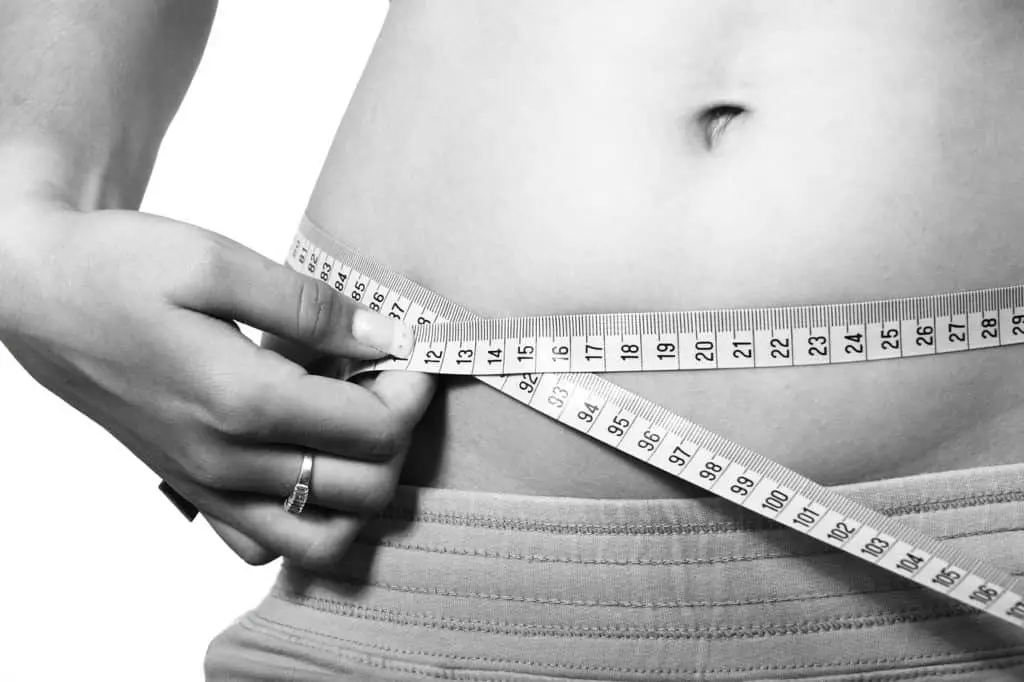
2. Do I Need to Cut?
Not everyone needs to cut when they are first starting. I know a lot of people are looking for that leaner body, so they rush into cutting first without really thinking about it.
Let me put it this way if you don’t have much muscle, and you’re not carrying a lot of body fat to start with, or the fat is just stored around your belly (this term is called Skinny fat) and nowhere else you could end up looking skinny by the end of the cut.
When I started out, I was 22% body fat, so I had to cut first when I had finished my cut I was leaner and had built some muscle, but I thought I looked a bit on the skinny side.
There has been a study carried out by a scientist called Forbes, which has shown that a higher body fat percentage reduces the ability to gain muscle.
His research showed that people with a lower body fat found it much easier to gain muscle compared to the people that started out with a higher body fat percentage.
Forbes’s study also showed that it was easier to build muscle while below 15% body fat.
Please see reference 1, 2, and 3 at the bottom of this page
Going on my experience with my training, I have also noticed that once I get above 15% body fat, it does get harder to build muscle.
If you’re currently above 15 – 17 % body fat, then you might be the best cutting first before trying to add on the muscle.
3. How Much Weight to Lose on a Cut
For cutting you should not think of it as losing weight, you should get into the mindset of losing fat.
Losing muscle is not good for you, and as we get older, we start to lose muscle anyway; you don’t want to add to your natural muscle loss by reducing it even further by thinking in weight loss terms.
When you start with your cut, and you’re carrying a lot of fat it is not uncommon to lose 2 to 3 pounds in the first few weeks.
In the first week of my cut, when I started I lost 4.4 lbs.
It’s a great feeling when you start, but you have to remember this will not be the norm and the fat loss will start to drop.
The general guideline for cutting is between 0.5 to 1 pound of fat per week. Bit of information for you 1 pound of fat equals 3500 calories.
4. Can You Persevere Muscle on a Cut?
When you first start cutting, you may worry about losing muscle, I know I was. This is why I suggest if you are starting below 25% body fat that you don’t reduce your calories (Deficit) by more than 500 per day.
For preserving muscle and, in some cases building muscle, I highly recommend your weekly weigh-ins to help you keep track.
If you are too aggressive when it comes to reducing your calories, this is when you will start to lose muscle. Your body does not care what it looks like; it cares about survival.
Everybody is different when it comes to cutting; this is why I recommend you reduce your calories by 200 – 500 per day and monitor your progress. You can always adjust your calories as you go.
When I weighed myself weekly. It was a lot easier to change my calorie intake when I first started cutting I lost around 21 pounds with only 3 pounds coming from muscle.
Even though I had lost 3 pounds of muscle, some body parts, for example, my calf’s gained a little bit of size.
- If you lose too much weight, don’t worry. Just increase your calories
- If your weight stays the same, check your waist size and body fat. It is possible that you lost fat and built muscle.
- Track your progress
- If you’re not losing enough decrease your calories by 100
Remember it is not a race to lose the most weight; the goal is to lose fat. So the answer is yes, you can preserve your muscle while cutting.
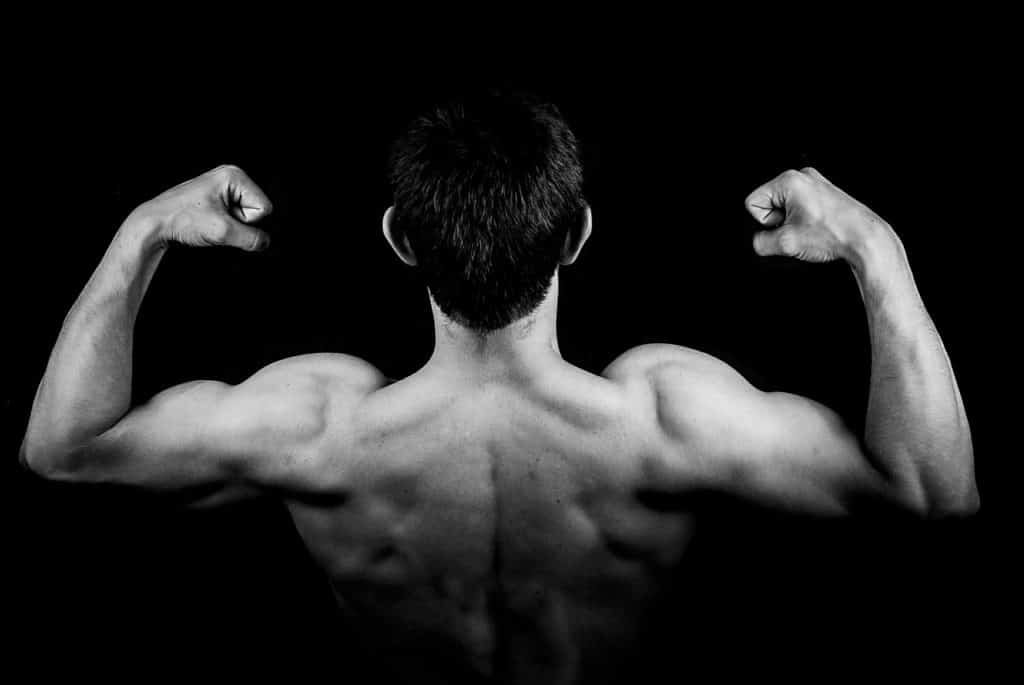
5. How Long Should a Cut Last?
How long your cut lasts depends on how much fat you would like to lose. You need to be realistic with your expectations, don’t go into this thinking I have 20 pounds to lose, and I will give myself 2 – 3 months.
Thinking like this will set you up to fail before you even get started. Remember, you want to lose fat, not muscle.
Going based on the 1 pound of fat loss per week that is recommended, you could expect the following results
- 5 Pounds = 5 Weeks
- 10 Pounds = 10 Weeks
- 20 Pounds =20 Weeks
- 25 Pounds = 25 Weeks
I think you get the picture and also remember everyone’s bodies are different; it could take you a little bit longer or a little bit shorter.
When you first start cutting, you could lose more than a pound a week, or you might have a bad week and not lose anything.
The above are good guidelines when you’re trying to work out how long to cut for. For me, it took about 26 – 28 weeks to Lose 21 Pounds.
6. How to Work Out Your Cutting Diet
You might be asking yourself, “This sounds great, but how do I start,” well, now it’s time for some simple math to calculate your daily calories and macronutrients.
When we talk about micronutrients, we’re on about proteins, carbohydrates, and fats. Each of them is as important as one other.
You require all 3 for your body to function properly.
Right, let’s start with some math. We have different sets of numbers depending on if your body fat is above or Below 25%
To be able to work out your calories per day from how many macronutrients you require, you will need to know how many calories are in each gram of macronutrient.
- 1 Gram of protein = 4 Calories
- 1 Gram of Carbohydrate = 4 Calories
- 1 Gram of fat = 9 Calories
The below formulas are a good starting point and can be adjusted. The next section goes into adjusting your calories.
Above 25% Body fat
- 8 grams of protein per pound of body weight per day
- 6 grams of carbs per pound of body weight per day
- 3 grams of fat per pound of body weight per day
For 250 pound man, their calories per day would look like this
- 200 Grams of protein per day
- 150 Grams of carbs per day
- 80 Grams of fat per day
Total calories per day 2,120 when you’re starting with a body fat higher than 25%, you can go for a slightly larger calorie deficit.
Below 25% body fat
- 2 Grams of protein per pound of body weight per day
- 1 Gram of carbs per pound of body weight per day
- 2 Grams of fat per pound of body weight per day
For 180 pound man, their calories per day would look like this
- 216 Grams of protein per day
- 180 Grams of carbs per day
- 36 Grams of fat per day
Total calories per day 1908; this is where I first started. Now you should be able to calculate your starting point.
For an example meal plan, check out the meal plans that I use. If you need more help you can read my article 10 Awesome Meal Planning Ideas for Ideal Weight Loss and Low-Calorie Meal Preparation: The Ultimate Guide!
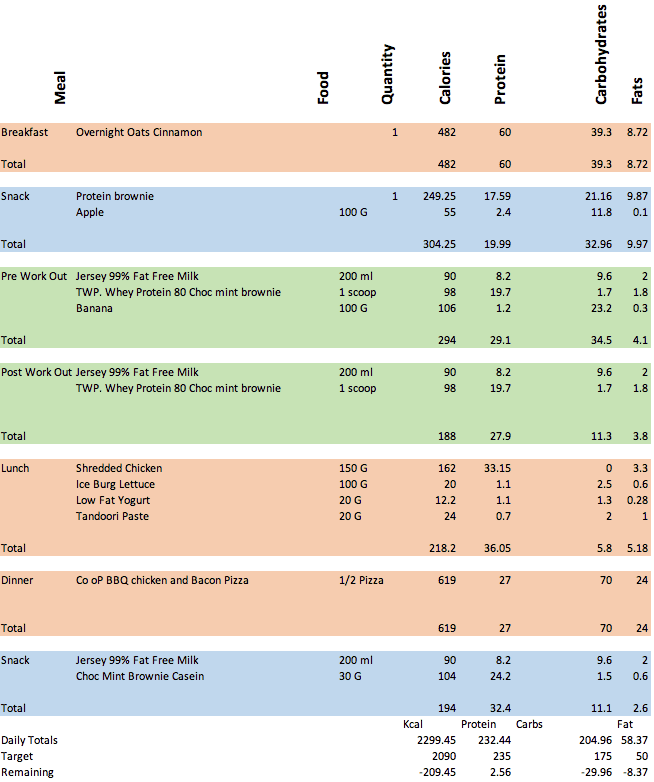
7. Adjusting Your Nutrition
Not everybody is the same, so, therefore, it is very important to keep track of your progress. Take your weekly measurements, for example, weight, body fat, and waist size.
By taking these measurements you should be able to start building up a picture of your progress.
Let’s say your weight has remained the same for 10 days and you have stuck to both your diet and training session, you have 2 options.
- Move more
- Reduce your calories
I think the first option is the better one of the 2, moving more could simply be adding 20 – 30 minutes walking a day.
When I first started cutting, I forgot to include walking in my exercise, and I could not figure out why I was losing a bit more weight than expected.
Once I realized this, I could adjust my calories accordingly; in this case, I Increased my calories slightly. Every little bit of exercise counts.
If you cannot exercise anymore, then you will have to reduce your calories by 50 – 100 per day. Start with reducing your carbohydrate intake.
Also, the calories you set, in the beginning, won’t necessarily be the calories you will have to consume throughout your cut. As you build some muscle and exercise properly your metabolism increases.
As you build muscle you start to burn more calories, as muscles require more calories to function, it is entirely possible that as your cut goes on you might have to increase your calories.
If you do have to reduce your calories please do not go below your BMR, I know I’ve mentioned this already but it is really important do not to go below your BMR.
To recap don’t be scared to change your daily calories to help you achieve your fat loss goals.
8. Watch Out for Hidden Calories
Hopefully, by now, you have a better understanding of what cutting involves. You’ve worked out your nutrition and how many calories you must take in per day for your cut.
But here is a little kicker, well, in fact, it can be a big one if you‘re not careful as it can be a killer. This is a trap a lot of people fall in to and it is the hidden calories we take in without realizing it.
These hidden calories can prevent you from losing fat or worst-case scenario you can actually put on the weight.
What am I talking about?
Just take a look at the list below
- 20 Grams of butter you put on your toast 146 calories
- 10 Grams of cooking oil you use for cooking 90 calories
- 20 Grams of mayonnaise you use for a sandwich or tuna mayo 125 calories
The above few items are enough to throw off your calories for the day and affect your results. As you can imagine there are more foods that contain calories that you don’t even think about.
Go on, I dare you, have a think about what you’re eating during the day which might contain hidden calories. Sugar in tea or coffee maybe?
OK, let’s give an example of how it might affect your daily calories.
Your TDEE is 2500 calories a day, you subtract 500 calories for your cut. This means your daily calorie intake is 2000.
This puts you on track to 1 pound a week fat loss.
For breakfast, you have 2 slices of toast with butter extra 146 calories
For lunch tuna Mayo sandwich extra 125 calories
These extra calories total 271 if we add this to our 2000 calories a day which now becomes 2271 calories per day over the course of the week this is 1897 Calories meaning you will only lose 1/2 pound of fat.
I know you won’t be having tuna mayo every day but I just wanted to show you as an example how easy it is to forget about the hidden calories.
So please be extra careful when it comes to hidden calories.
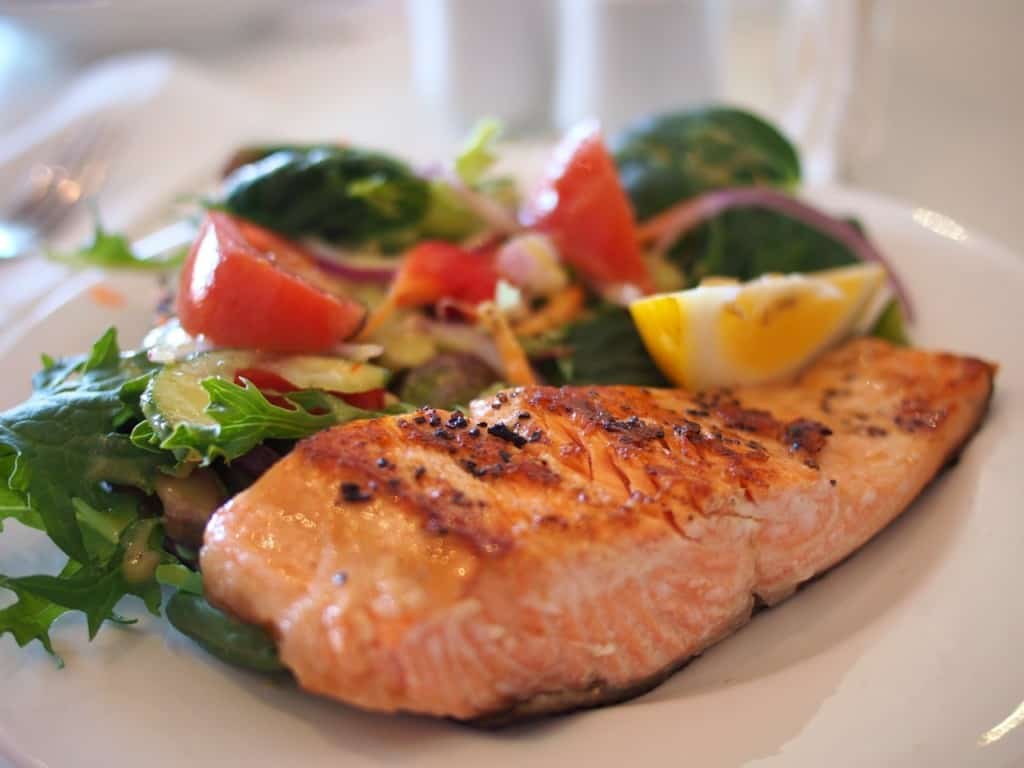
9. Cutting Recommendations
I know it can be a bit daunting to start cutting but you have to remember that you can do this and make it work.
The first couple of weeks can be hard because you’re taking in fewer calories than you normally do, but this is normal.
As you start to lose body fat and notice changes in your body you will find it a lot easier to stay motivated.
- Ask yourself do you need to cut if you’re above 17% body fat then the answer is yes
- Plan your cut
- Work out your TDEE and then subtract 200 – 500 calories per day
- Do not reduce your calories below your BMR
- Be realistic and go with the 1 pound a week fat loss
- Set a realistic timeline for your goal
- In the beginning, it is not unusual to lose more than 1 pound a week
- Keep your protein intake high to assist with preserving muscle
- Adjust your nutrition if required
- Be aware of hidden calories
- Take weekly weigh-ins, waist, and body fat measurements.
One last thing, good luck with your cutting goals.
References Used in this Article
- Chronic high fat feeding attenuates load-induced hypertrophy in mice.
- Body fat content influences the body composition response to nutrition and exercise.
- Body fat and fat-Free mass interrelationships
- Calories for the butter, Mayonnaise, and cooking oil are taken from the nutrition label for the foods that I use. The values may vary.
- Lurpak Butter 20G = 146 Calories
- Lucy Bee Coconut Oil 20G = 180 Calories
- Fairway Premium mayonnaise 20G = 125 Calories
